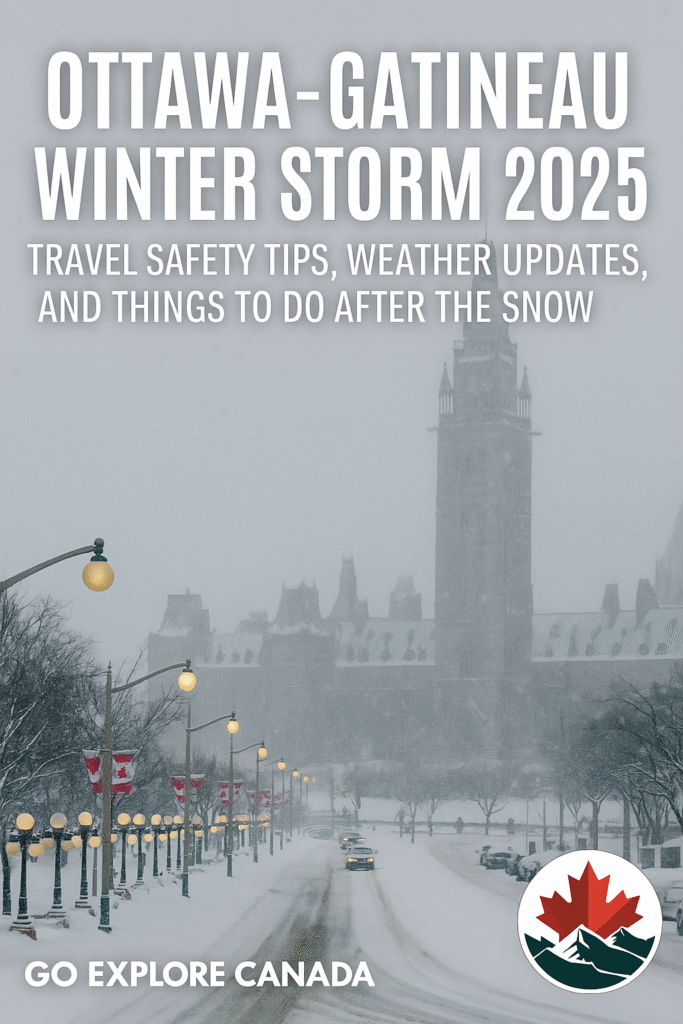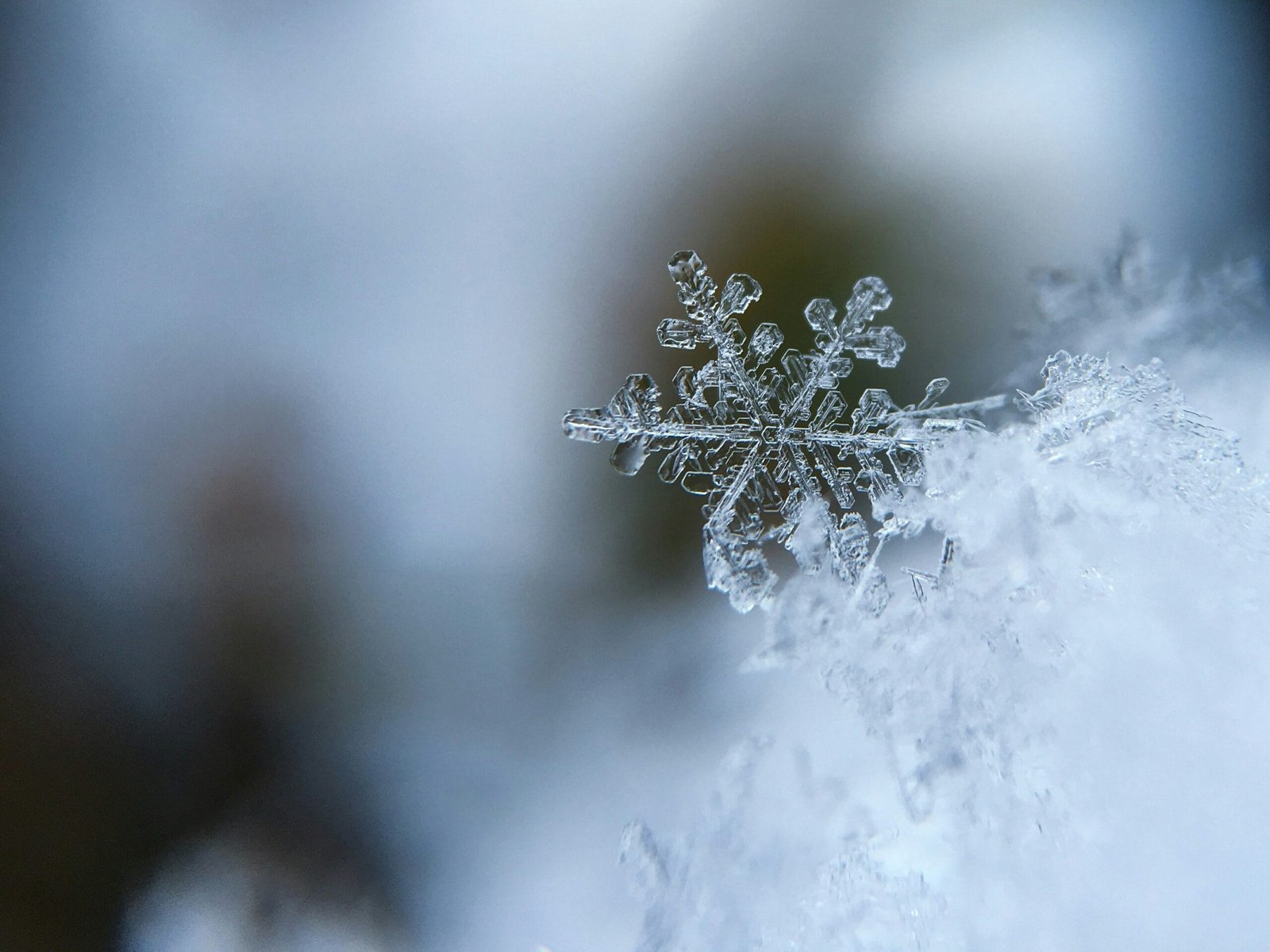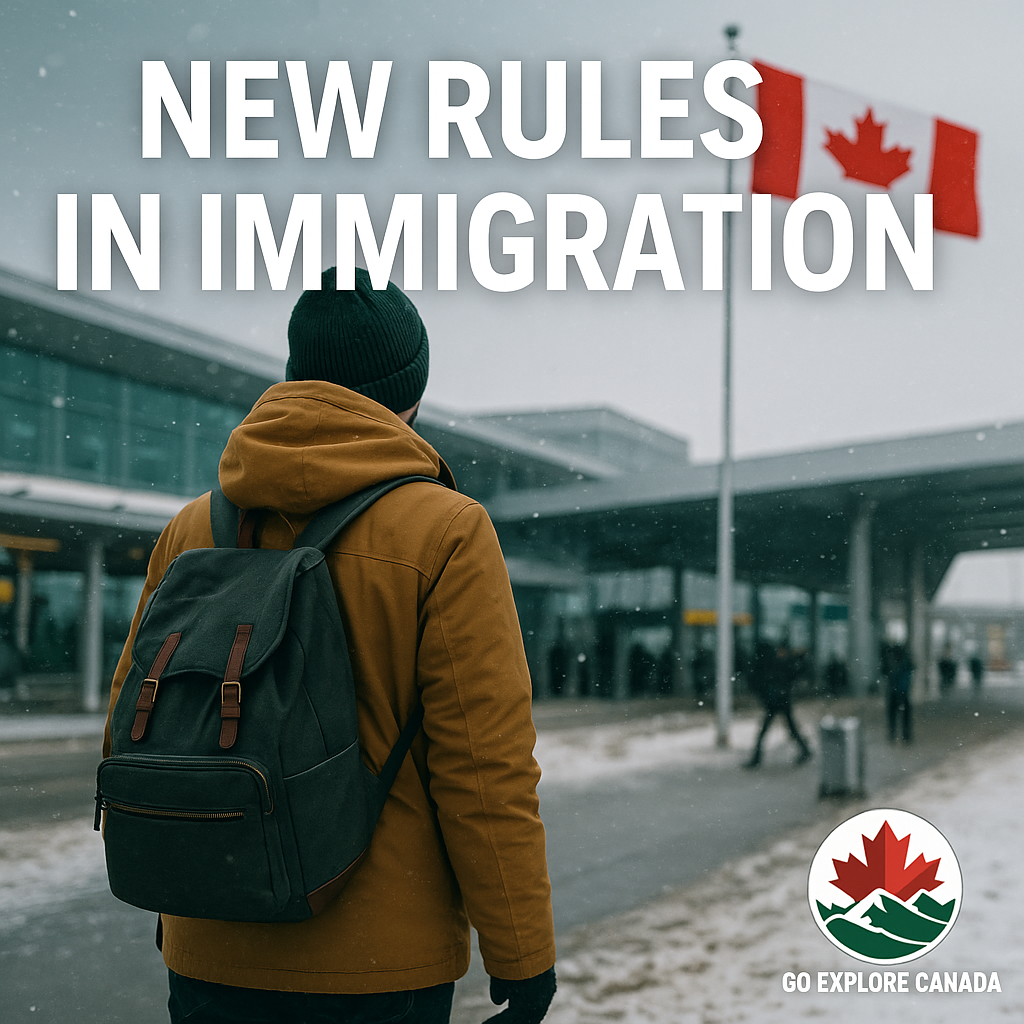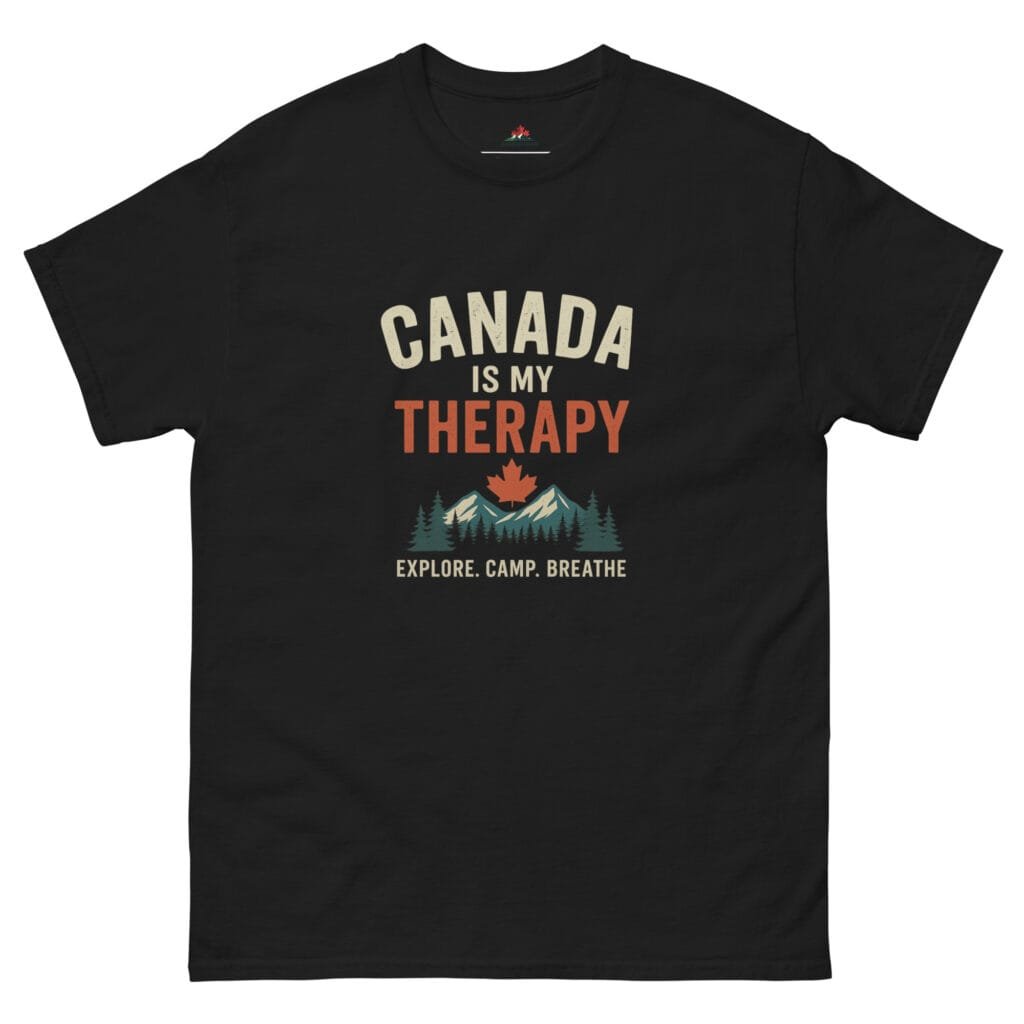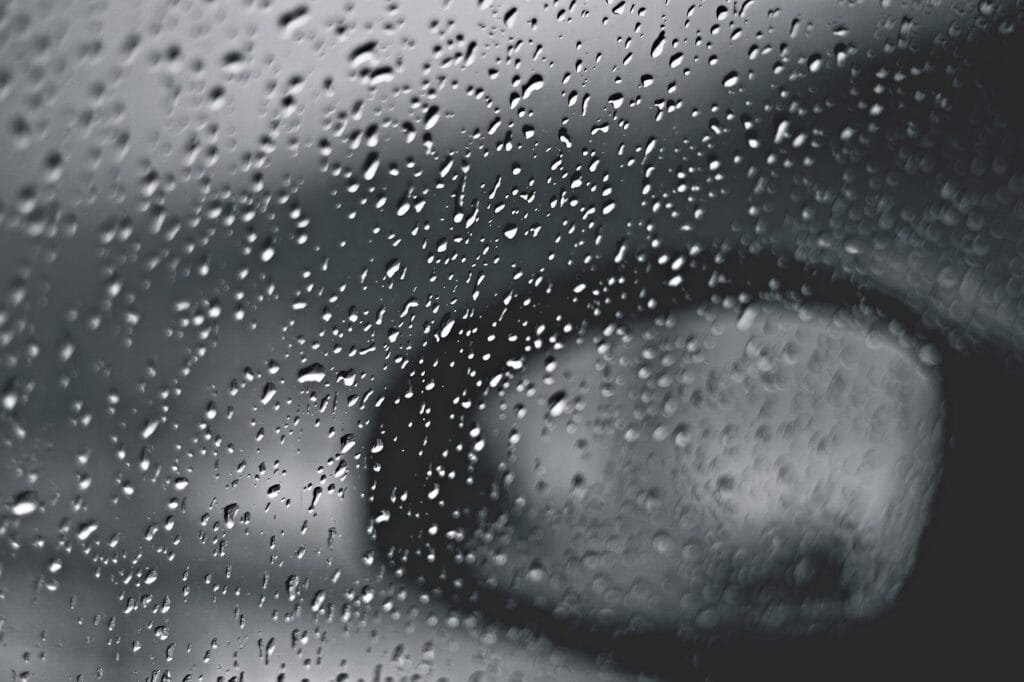
Understanding Freezing Rain in Canada: A Comprehensive Guide
Posted in Seasonal Travel
What is Freezing Rain in Canada?
Freezing rain is a unique and sometimes dangerous winter weather phenomenon that affects many parts of Canada. While Canadians are no strangers to snow, ice, and cold, freezing rain poses a specific set of challenges—often turning roads, sidewalks, and even trees into a hazardous sheet of ice.
In this guide, we’ll explore what freezing rain is, why it happens, where it’s most common in Canada, and how you can stay safe during these slippery situations.
What is Freezing Rain?
Freezing rain occurs when snowflakes fall through a layer of warm air and melt into raindrops, only to pass through a thin layer of cold air near the ground. These liquid droplets freeze instantly upon contact with surfaces like roads, sidewalks, cars, trees, and power lines—creating a glaze of ice.
Unlike snow or sleet, freezing rain doesn’t bounce or accumulate as snowdrifts—it sticks. This makes it particularly dangerous for both walking and driving.
When Does Freezing Rain Occur in Canada?
Freezing rain usually happens during the shoulder seasons: late fall, winter, and early spring. These are times when warm and cold air masses often clash—especially in Eastern and Central Canada.
Areas such as Ontario, Québec, and the Atlantic provinces are particularly prone to freezing rain due to frequent temperature fluctuations.
Why Is Freezing Rain Dangerous?
- Slippery Roads and Sidewalks – Even a small amount of freezing rain can create extremely slick conditions, leading to traffic accidents and falls.
- Power Outages – Ice accumulation can weigh down power lines and trees, causing outages that may last for days.
- Property Damage – Tree limbs can snap under the weight of ice, damaging homes, cars, and infrastructure.
- Travel Disruptions – Flights and public transport services are often delayed or canceled.
How to Stay Safe During Freezing Rain
- Avoid Unnecessary Travel: If freezing rain is forecast, stay home if you can.
- Prepare Your Home: Stock up on essentials and make sure your heating system is functioning.
- Salt or Sand Walkways: Prevent slips by spreading salt or sand on sidewalks and driveways.
- Protect Your Vehicle: Keep windshield wipers lifted and use a car cover if possible.
- Check for Warnings: Follow weather alerts through Environment Canada.
Read more on Winter Preparation Tips for Canadians.
Real Impacts of Freezing Rain in Canada
Canada has seen some devastating ice storms due to freezing rain. The 1998 Ice Storm that hit Ontario and Québec caused massive power outages, infrastructure collapse, and billions in damages. Thousands were left without electricity for days or even weeks.
Modern storms still cause significant disruption. In recent years, freezing rain events have led to hazardous road conditions, school closures, and emergency declarations in affected areas.
Related Canadian Weather Content
To learn more about Canadian winters and how to prepare for extreme conditions, check out these posts:
Best Way to See Northern Lights in Canada
Understanding How Cold is Winter in Canada
Exploring Snow in Eastern Canada
Frequently Asked Questions About Freezing Rain in Canada
Freezing rain occurs when snowflakes melt into rain while passing through a warm air layer, then freeze on contact with cold surfaces near the ground. It’s common in regions where a warm layer is sandwiched between two cold layers.
Snow stays frozen from the cloud to the ground.
Sleet (ice pellets) melts and refreezes before hitting the ground.
Freezing rain stays liquid until hitting a surface, where it instantly freezes.
Freezing rain is most common during late fall to early spring, especially during transitional weather periods when warm and cold air masses collide.
Eastern Canada—including Ontario, Québec, and the Atlantic provinces—frequently experiences freezing rain due to the climate and terrain conducive to the right weather conditions.
Extremely dangerous. It creates slick roads and sidewalks, causes power outages from ice-laden power lines, and can break tree branches and damage infrastructure.
Avoid unnecessary travel, use salt or sand on walkways, stay indoors, and keep emergency supplies on hand. See our winter preparation tips for more.
Yes. Ice buildup can affect windshield wipers, freeze doors shut, and create hazardous driving conditions that may result in collisions.

Welcome to GoExploreCanada.com, your go-to guide for exploring Canada. Discover tips, travel guides, and stories about the breathtaking landscapes, vibrant culture, and delicious cuisine from coast to coast. Join us on an adventure to uncover the hidden gems of Canada!
“Canada Is My Therapy” Hiking & Camping Shirt – Explore. Camp. Breathe.
Price range: $20.50 through $34.00


